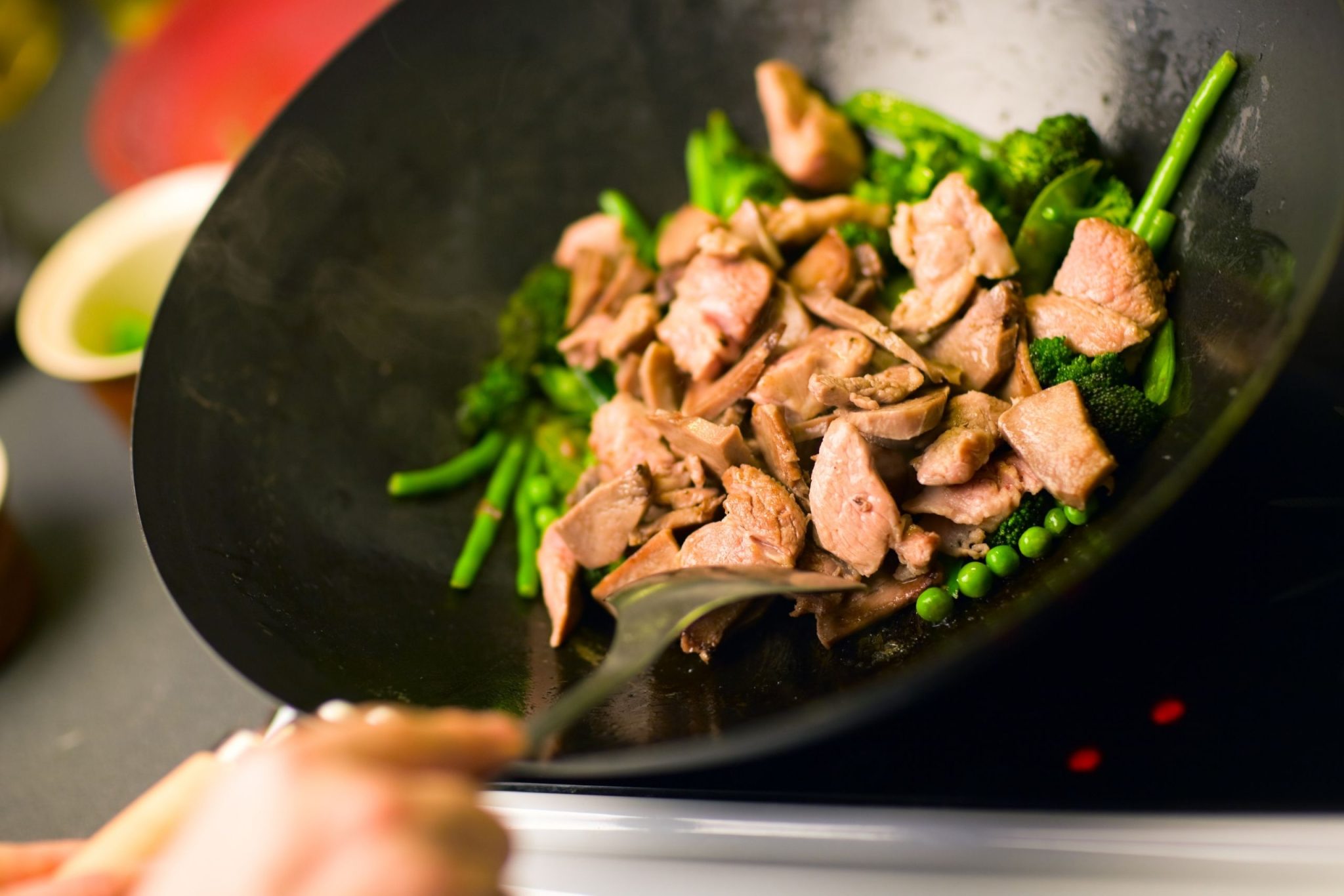Using a Wok on an Electric Stove: A Guide to Stir-Frying Success
I. Introduction to Using a Wok on an Electric Stove

A. Overview of Wok Cooking and Electric Stoves
Using a wok on an electric stove allows for versatile and efficient stir-frying, a popular cooking technique in Asian cuisine. Electric stoves provide consistent heat and precise temperature control, making them suitable for wok cooking.
B. Embracing the Advantages and Challenges of Wok Cooking on Electric Stoves
Using a wok on an electric stove offers advantages such as even heat distribution, controlled cooking temperatures, and the ability to retain heat. However, electric stoves may have limitations in terms of high heat output and responsiveness compared to gas stoves.
C. Exploring Essential Tips for Stir-Frying Success
To achieve stir-frying success on an electric stove, it is important to select the right wok, properly season and stabilize the wok, control the heat levels, use proper stir-frying techniques, overcome heat limitations, and maintain and clean the wok appropriately.
II. Selecting the Right Wok for Electric Stove
A. Choosing the Material: Carbon Steel or Stainless Steel
- Understanding the Benefits and Differences of Carbon Steel and Stainless Steel
Carbon steel woks heat up quickly and provide excellent heat retention, while stainless steel woks are more durable and resistant to corrosion. Consider the advantages of each material for wok cooking on an electric stove.
- Selecting the Most Suitable Wok Material for Electric Stoves
Carbon steel woks are often preferred for their superior heat conductivity and responsiveness, making them well-suited for electric stoves. Stainless steel woks can also be used but may require longer preheating times.
B. Evaluating the Size and Flat Bottom Design
- Ensuring the Wok Size Fits Comfortably on Electric Stove Burners
Choose a wok size that comfortably fits on the electric stove burners without overcrowding. This allows for even heat distribution and efficient cooking.
- Opting for a Flat Bottom Wok to Maximize Heat Transfer
Select a wok with a flat bottom design to maximize heat transfer on the electric stove’s smooth top surface. This ensures better contact and heat distribution.
III. Preparing the Wok for Cooking
A. Seasoning the Wok
- Seasoning Steps for Carbon Steel Wok
Clean the carbon steel wok thoroughly, heat it on high heat, add oil, and evenly distribute the oil using a paper towel or brush. Repeat this process until the wok develops a non-stick surface.
- Preparing Stainless Steel Wok for Cooking
For stainless steel woks, cleaning and preheating are sufficient as they do not require seasoning. However, applying a thin layer of oil before each use can enhance the non-stick properties.
B. Ensuring Proper Wok Stability
- Using a Wok Ring or Stabilizer for Electric Stove
If your electric stove has coil burners, use a wok ring or stabilizer to provide stability and prevent the wok from tipping or moving during cooking.
- Securing the Wok to Prevent Tipping or Movement
Ensure that the wok is positioned securely on the stove burner to prevent any accidents or spills. Stability is crucial for safe and efficient wok cooking.
IV. Preheating and Heat Control
A. Preheating the Wok
- Heating Wok on Medium-High Heat
Preheat the wok on medium-high heat for a few minutes to ensure that it is evenly heated before adding ingredients. Preheating allows for optimal heat distribution and prevents food from sticking.
- Determining the Ideal Preheating Time for Efficient Stir-Frying
The preheating time may vary depending on the wok material and the desired heat level for stir-frying. Experimentation will help determine the ideal preheating time for your specific setup.
B. Adjusting Heat Levels during Cooking
- Using High Heat for Quick Stir-Frying
Stir-frying on high heat allows for quick cooking and a characteristic smoky flavor. Adjust the heat level accordingly to achieve the desired cooking speed and results.
- Reducing Heat for Simmering or Sauteeing
When transitioning from stir-frying to simmering or sautéing, reduce the heat to avoid overcooking or burning the ingredients. Electric stoves may take slightly longer to decrease the heat compared to gas stoves.
Stir-frying with a wok on an electric stove is a rewarding culinary experience. By considering the right wok, preheating properly, adjusting heat levels, mastering stir-frying techniques, and overcoming heat limitations, you can achieve delicious stir-fries on your electric stove. Remember to clean and maintain your wok regularly to ensure its longevity. With practice and attention to detail, you can enjoy the flavors and textures of authentic stir-fried dishes in the comfort of your kitchen.
